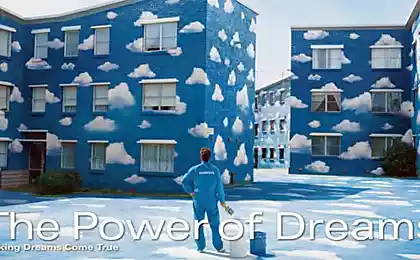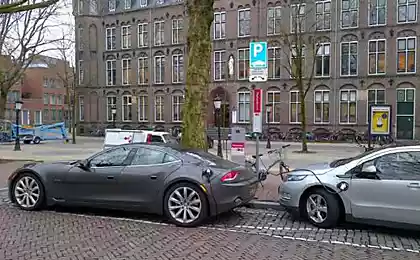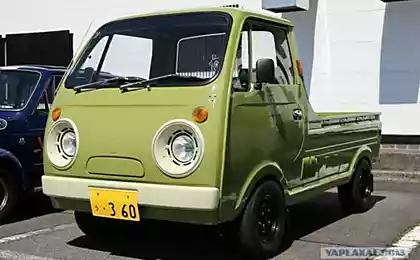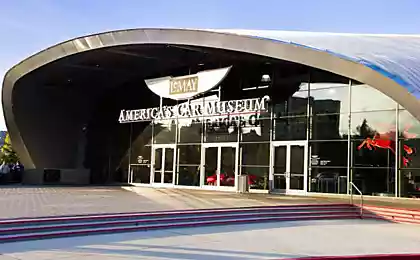185
Honda has demonstrated a wireless charging system of electric vehicles
Last month, Power Japan Plus announced the commercialization of so-called “dual carbon” batteries, which charge up to 20 times faster than lithium-ion batteries and are cheap, durable, environmentally friendly and safe. Well, it remains to create an extremely simple way to recharge batteries. One of these methods was demonstrated recently by Honda.
In fairness, it is worth noting that many owners of electric cars are not enthusiastic about the need to constantly connect their cars to the outlet when they come home. In addition, the hapless motorist can simply forget about this important operation. Fortunately, automakers are working intensively to create increasingly sophisticated wireless charging mechanisms. Recently, Honda shared information about its success in this field with the public.
Despite the fact that the concept of wireless charging batteries was invented by Nikola Tesla back in 1891, only recently there were enough advanced technologies to use this concept in the framework of something really practical. Recall that the wireless charging mechanism involves the use of an induction coil to create an alternating electromagnetic field, while the second coil (the receiving coil inside the machine) converts the energy of the electromagnetic field back into electricity, which, in turn, is stored in the battery.
Honda engineers recently put such a system in a smart home for further testing. The system was developed with the support of WiTricity Corporation. It uses magnetic resonance to transmit energy at a specific frequency. This mechanism works even when the two coils are slightly offset relative to each other.
According to Honda, even if the positioning error of two coils (transmitting and receiving) relative to each other is ± 10 cm horizontally and ± 5 cm vertically, while their planes are shifted by ± 2 degrees relative to each other, the efficiency of the wireless charging system will decrease only by 10-20%.
Currently, the output power of this system is 2.2 kW, which is only 1 kW lower compared to a standard wired network charger, but the figure in question may well be increased in the future when the system is certified for sale. Honda experts predict that this will happen in 2016.
Source: ecoconceptcars.ru/
In fairness, it is worth noting that many owners of electric cars are not enthusiastic about the need to constantly connect their cars to the outlet when they come home. In addition, the hapless motorist can simply forget about this important operation. Fortunately, automakers are working intensively to create increasingly sophisticated wireless charging mechanisms. Recently, Honda shared information about its success in this field with the public.
Despite the fact that the concept of wireless charging batteries was invented by Nikola Tesla back in 1891, only recently there were enough advanced technologies to use this concept in the framework of something really practical. Recall that the wireless charging mechanism involves the use of an induction coil to create an alternating electromagnetic field, while the second coil (the receiving coil inside the machine) converts the energy of the electromagnetic field back into electricity, which, in turn, is stored in the battery.
Honda engineers recently put such a system in a smart home for further testing. The system was developed with the support of WiTricity Corporation. It uses magnetic resonance to transmit energy at a specific frequency. This mechanism works even when the two coils are slightly offset relative to each other.
According to Honda, even if the positioning error of two coils (transmitting and receiving) relative to each other is ± 10 cm horizontally and ± 5 cm vertically, while their planes are shifted by ± 2 degrees relative to each other, the efficiency of the wireless charging system will decrease only by 10-20%.
Currently, the output power of this system is 2.2 kW, which is only 1 kW lower compared to a standard wired network charger, but the figure in question may well be increased in the future when the system is certified for sale. Honda experts predict that this will happen in 2016.
Source: ecoconceptcars.ru/





















